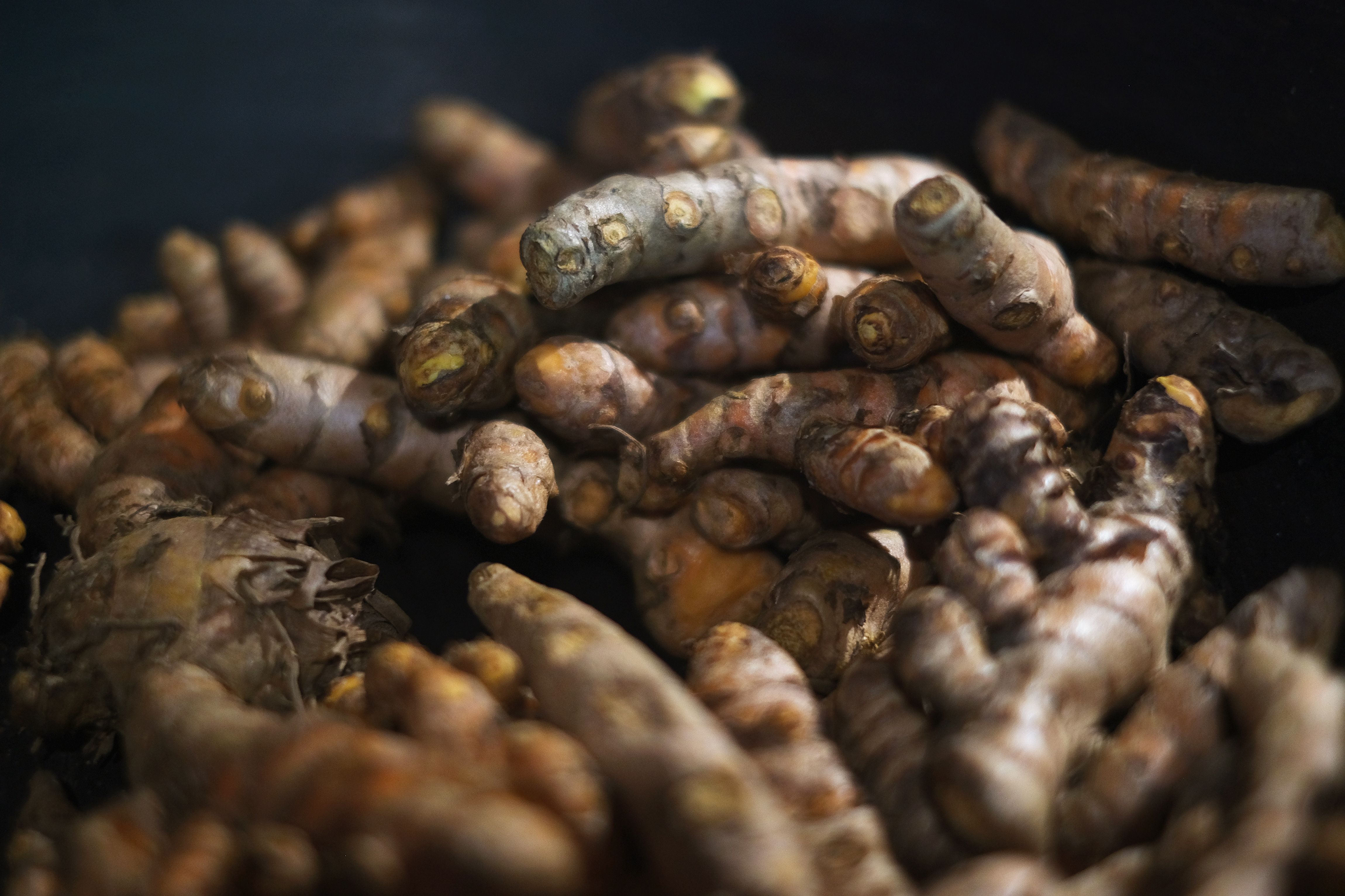The Ultimate Guide to Finding and Harvesting Black Turmeric
What is Black Turmeric?
Black turmeric, scientifically known as Curcuma caesia, is a rare and powerful herb native to India. Unlike its more common cousin, yellow turmeric, black turmeric has a dark blue or black flesh. It is highly valued for its medicinal properties and is used in traditional Ayurvedic practices. Its distinct color and health benefits make it a sought-after ingredient in the herbal medicine community.
Besides its medicinal uses, black turmeric is also admired for its unique flavor and aroma, which adds an exotic touch to culinary dishes. However, finding and harvesting this remarkable rhizome can be a challenge due to its rarity and specific growing conditions.

Where to Find Black Turmeric
Black turmeric thrives in specific climates, primarily in the northeastern regions of India, such as Assam, Meghalaya, and West Bengal. It prefers a humid environment with ample rainfall and well-drained soil. If you are looking to grow black turmeric at home, it’s important to replicate these conditions as closely as possible.
When sourcing black turmeric, consider visiting local markets or herbal stores in these regions. Alternatively, you can explore online marketplaces that specialize in rare herbs. Always ensure that you purchase from reputable sellers to guarantee the authenticity of the product.
How to Grow Black Turmeric
Growing black turmeric requires patience and attention to detail. Start by obtaining high-quality rhizomes from a trusted source. Plant them in a pot or directly in the ground with rich, organic soil, ensuring they are placed in a warm and humid area.
The ideal planting time is during the onset of the rainy season. Water the plants regularly but avoid waterlogging, as this can lead to root rot. With proper care, you will witness the growth of beautiful green leaves, an indication of a healthy plant.

Harvesting Black Turmeric
Black turmeric typically takes around 9 to 10 months to mature. The best time to harvest is when the leaves start to yellow and wither. This is a clear sign that the rhizomes have fully developed underground.
To harvest, carefully dig around the base of the plant using a small spade or your hands to prevent damage. Once the rhizomes are exposed, gently lift them from the soil. It's crucial to handle them with care to preserve their quality and potency.
Storing and Using Black Turmeric
After harvesting, clean the rhizomes thoroughly by rinsing them under running water to remove soil and debris. Allow them to air dry completely before storing. For long-term storage, consider slicing and drying them under the sun or using a dehydrator.
Black turmeric can be used in various forms, including fresh slices in teas or curries, or as a powdered supplement. Its earthy flavor pairs well with other spices, enhancing both taste and health benefits.
Health Benefits of Black Turmeric
The health benefits of black turmeric are numerous. It contains powerful antioxidants and anti-inflammatory compounds that can aid in reducing pain and swelling. Additionally, it's known to boost immunity, improve digestion, and enhance respiratory health.
As with any herbal remedy, it’s important to consult with a healthcare professional before incorporating black turmeric into your routine, especially if you have existing health conditions or are pregnant.
Conclusion
Finding and harvesting black turmeric may require effort and dedication, but the rewards are substantial. This unique herb offers remarkable health benefits and can elevate both your wellness routine and culinary creations.
By understanding its growth requirements and harvesting practices, you can successfully cultivate black turmeric at home or source it from reliable suppliers. Embrace this rare gem and explore the myriad ways it can enrich your life.
